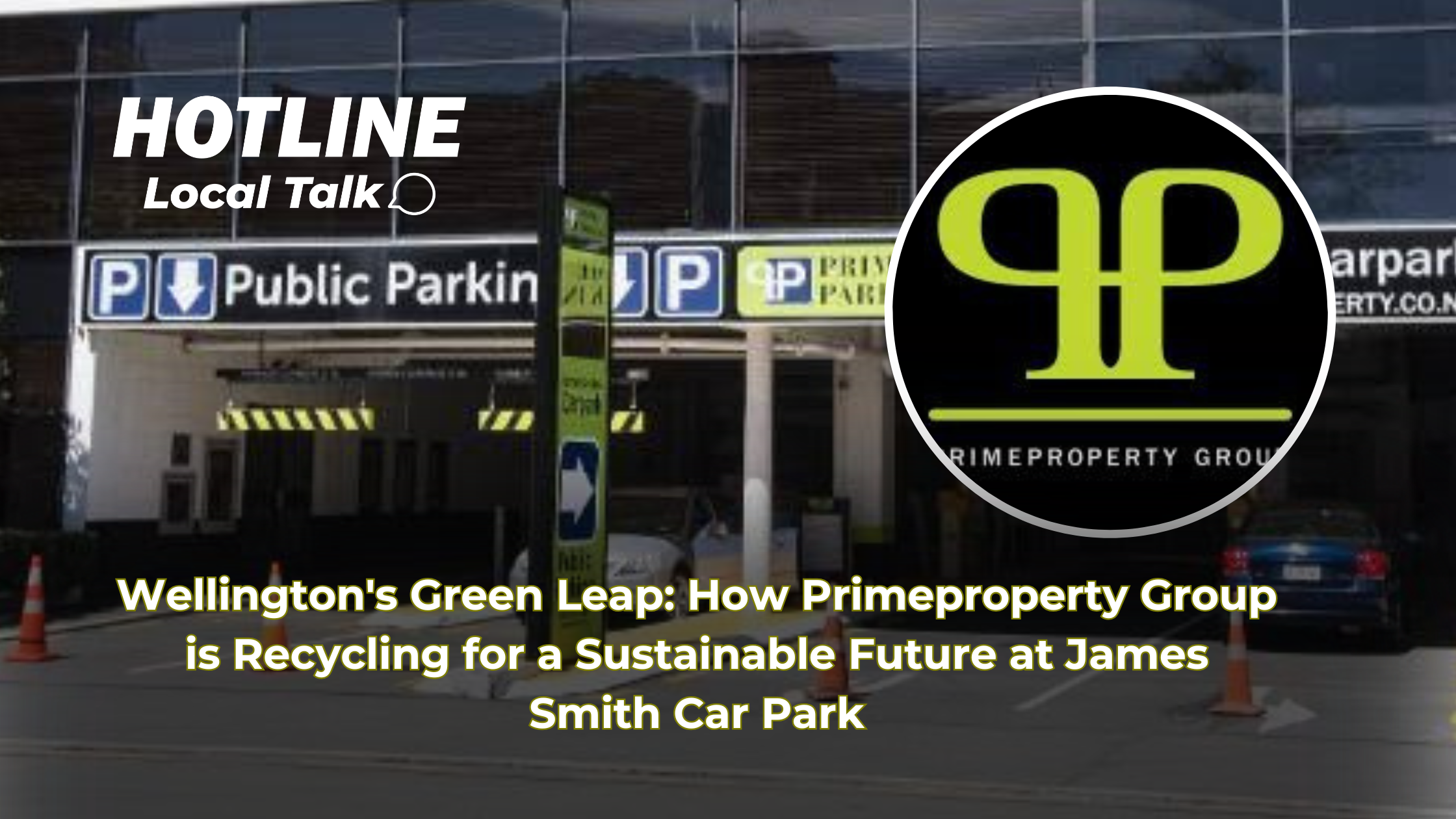In the bustling city of Wellington, a project is underway that not only aims to enhance the city’s infrastructure but also sets a new standard for environmental responsibility in construction. The James Smith Car Park, managed by Primeproperty Group, is undergoing a transformation that involves the removal of heavy concrete spandrel beams, each weighing three tons, to reduce the structure’s weight. This initiative, set to conclude with the car park’s opening in 2025, showcases a commitment to sustainability by recycling the materials to minimize waste. This article explores the journey of this project, its impact, and the broader implications for Wellington’s future.
The Need for Structural Strengthening
The James Smith Car Park, a key facility in Wellington’s urban landscape, needed strengthening to meet current safety standards and to ensure it could serve the community for decades to come. According to a report by the Wellington City Council, older buildings often require such upgrades to withstand the region’s seismic activity. The decision to remove the concrete spandrel beams was strategic, aimed at reducing the overall weight of the structure, thereby improving its stability.
Why Remove the Spandrel Beams?
Spandrel beams are horizontal beams that support the outer walls of buildings. In the case of the James Smith Car Park, these beams were part of the original design to provide structural support. However, with modern engineering insights, it was determined that removing these beams would lighten the load on the building’s foundation. Each beam, weighing about three tons, was significant in the total weight calculation. By removing approximately 50 beams, the project aimed to reduce the load by around 150 tons, enhancing the building’s seismic resilience.
The Process of Removal and Recycling
The removal and recycling process was meticulously planned to ensure safety, efficiency, and environmental benefits. Here’s how it was executed:
Step-by-Step Removal
1. Assessment
Engineers conducted a thorough assessment to ensure the removal would not compromise the building’s integrity.
2. Cutting
Specialized cutting tools were used to carefully sever the beams from their connections, minimizing disruption to the surrounding structure.
3. Extraction
Heavy machinery was employed to lift and transport the beams to a recycling facility.
Recycling the Materials
At the recycling facility, the concrete from the beams was crushed into aggregate, which can be reused in new construction projects. According to the New Zealand Green Building Council, recycling concrete can reduce landfill waste by up to 90%. The steel reinforcement within the beams was also recycled; New Zealand boasts a steel recycling rate of over 80%, as reported by the Steel Recycling Institute. This dual recycling approach significantly reduces the environmental footprint of the project.
Environmental Impact and Benefits
The environmental benefits of this project are profound. By recycling the materials, Primeproperty Group:
- Reduces the demand for new raw materials, conserving natural resources.
- Lowers the carbon emissions associated with producing new concrete and steel.
- Minimizes the use of landfills, aligning with Wellington’s zero-waste initiatives.
Statistics Supporting Sustainability
Research from New Zealand’s Environmental Protection Authority (EPA) indicates that construction and demolition waste makes up about 50% of landfill waste. By recycling, this project directly contributes to reducing this statistic. Additionally, a study by the University of Wellington found that recycling construction materials can save up to 30% in energy compared to using new materials, highlighting the energy efficiency of this approach.
Primeproperty Group’s Role and Vision
Primeproperty Group, the developer behind this project, has a vision that extends beyond mere construction. Their commitment to sustainability is evident in their choice to recycle rather than dispose of waste materials. This project is part of their broader strategy to incorporate green practices in all their developments, setting a precedent for future projects in Wellington.
Community and Economic Impact
The project not only benefits the environment but also has positive implications for the local community and economy. It provides employment opportunities during the construction phase and supports local recycling industries. Moreover, by demonstrating sustainable practices, it encourages other developers in Wellington to follow suit, potentially leading to a greener cityscape.
Looking Forward: The Car Park’s Future
With the James Smith Car Park set to open in 2025, Wellington residents and visitors will have access to a facility that not only serves a practical purpose but also stands as a symbol of sustainable development. The project has been optimized for SEO with keywords like “James Smith Car Park”, “Wellington”, “concrete spandrel beams”, “recycling”, “Primeproperty Group”, and “sustainability” to ensure it reaches those interested in green building practices in Wellington.
Conclusion
The transformation of the James Smith Car Park by Primeproperty Group through the removal and recycling of concrete spandrel beams is a landmark project in Wellington’s journey towards sustainability. As we approach the 2025 opening, this car park will not just be a place to park but a beacon of how construction can be both functional and environmentally responsible. For Wellingtonians, this project is a proud step towards a sustainable future, showcasing how innovation in construction can lead to significant environmental benefits.
CONTRIBUTE
Have stories, yarns, mad scoops, or community news to share. We often pay for awesome content and life shattering stories. What have you witnessed?

